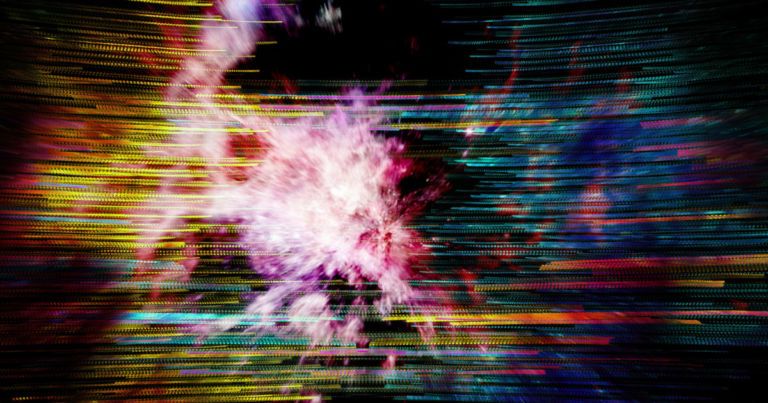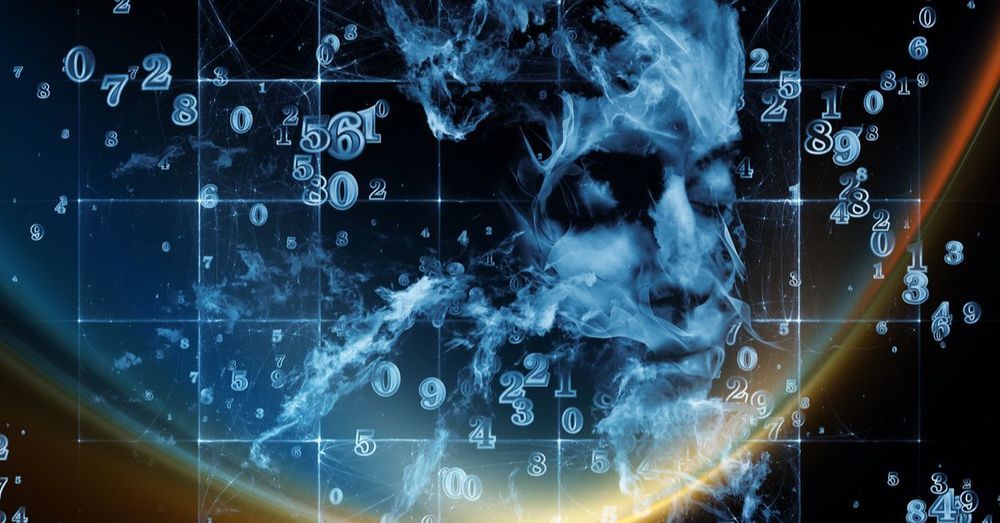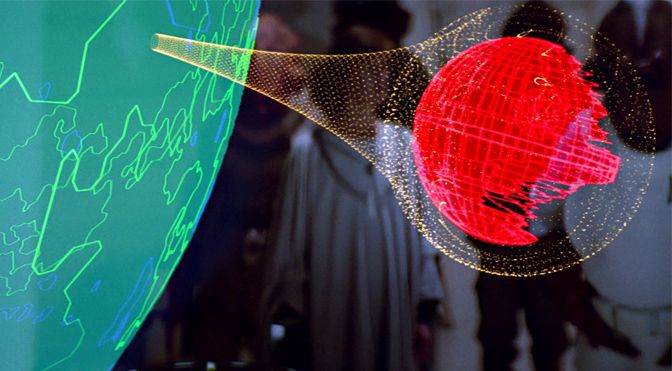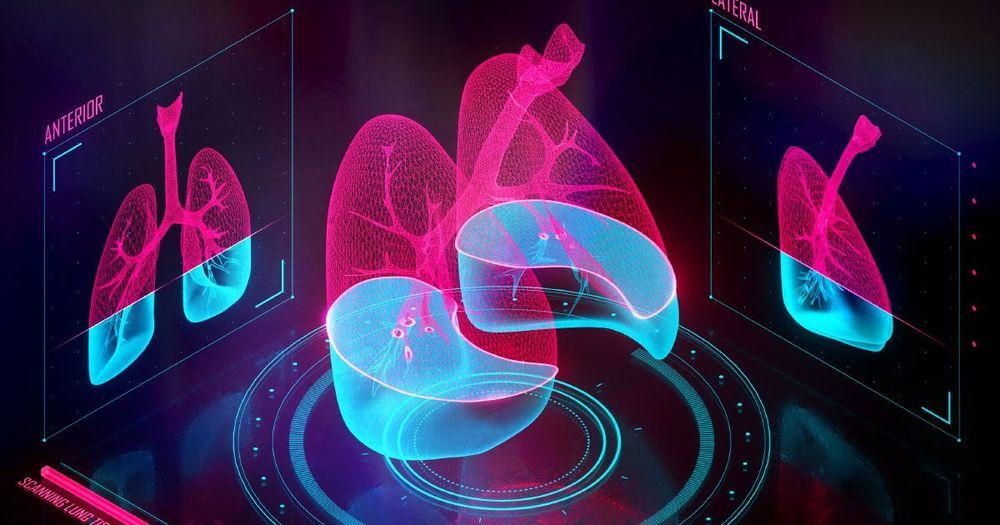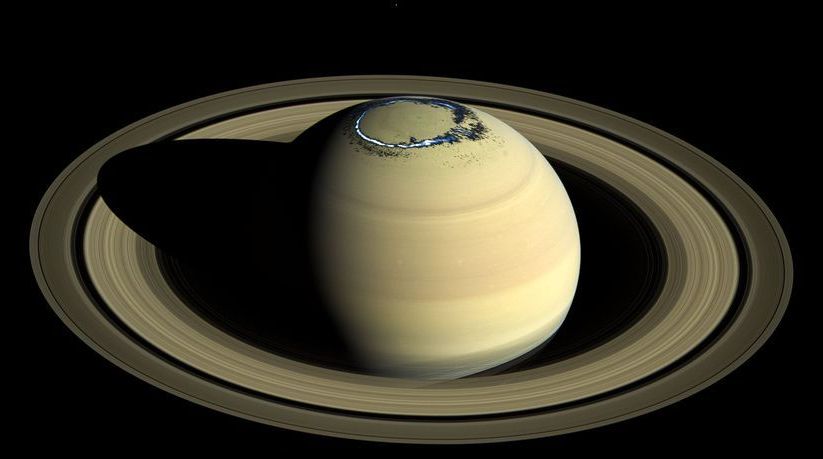Jan 29, 2020
Did Scientists Finally Solve the Impossible Physics Riddle?
Posted by Quinn Sena in categories: cosmology, physics
A theoretical physicist in England has won a prestigious award for her work on the theory of massive gravity, which could explain why gravity hasn’t constrained the rapid expansion of the universe. The $100,000 award honors the work of Claudia de Rham, who has worked for 10 years on a way to turn massive gravity theory into something measurable.
Cosmologists have puzzled for decades about how to marry gravity with the speed at which the universe is expanding. Gravity as we understand it would work to hold the universe together, not let it race apart from itself into eventual oblivion. Enter the counterpart to dark matter, dark energy, which is what scientists call whatever is pulling the universe apart.

